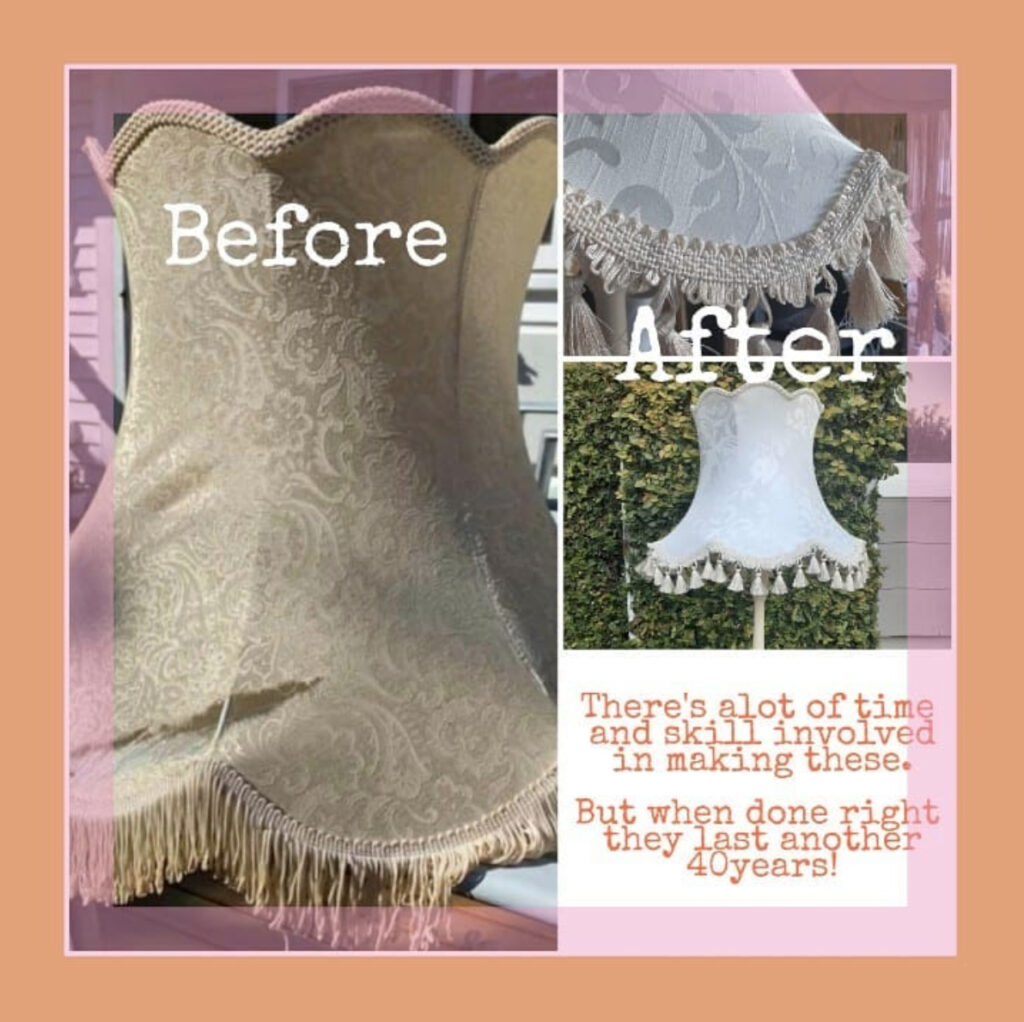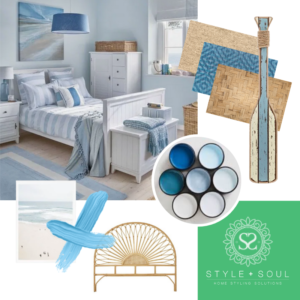The history of how we light our homes and lives can be traced back several hundred years.
It not only provides a fascinating insight into the ways in which we have lived, but also how our views on interior design have evolved over time. In the early days, the sunset signalled the end of the day and the end of light.
Candles and oil lamps were the only way to negotiate the darkness, and lampshades were primarily used in street lamps to direct the light to the dark streets below. Then along came Gas light, and 17th century Parisian streets made great use of lampshades in not only directing and protecting the light, but also diffusing it.
In 1879, Joseph Swan and Thomas Edison independently developed (combining and perfecting existing elements deriving from the research of Humphry Davy, De Moleyn and Göbel), the incandescent filament electric light bulb.
To disguise the intense electric light, lampshades were created, revolutionising interior lighting and the way in which lampshades were used. Initially made of paper, the shades’ primary function was to disperse the light equally throughout the room and protect the eyes from its harsh glare.
Under the reign of Queen Victoria (1837-1901), lampshades took on a new aspect. Instead of simple practical tools, lampshades became more aesthetically pleasing, decorative and dimensional.
Victorian shades, were ornate designs with attractive combinations of material, beads, lace and fringe. They offered families the chance to create a tasteful and refined atmosphere in their homes. To this day, the elegant design of the traditional Victorian lampshade remains popular. Over many years, we have seen lampshades evolve and they now come in an incredible range of shapes, sizes and are produced in all sorts of materials.
Have a shade you want recovered? Something sentimental that you just can’t part with? Bring some new life to it and enjoy it for many more years. Happy to quote on new, or recovery of old shades. I can assist with fabric choices, trim and design.


